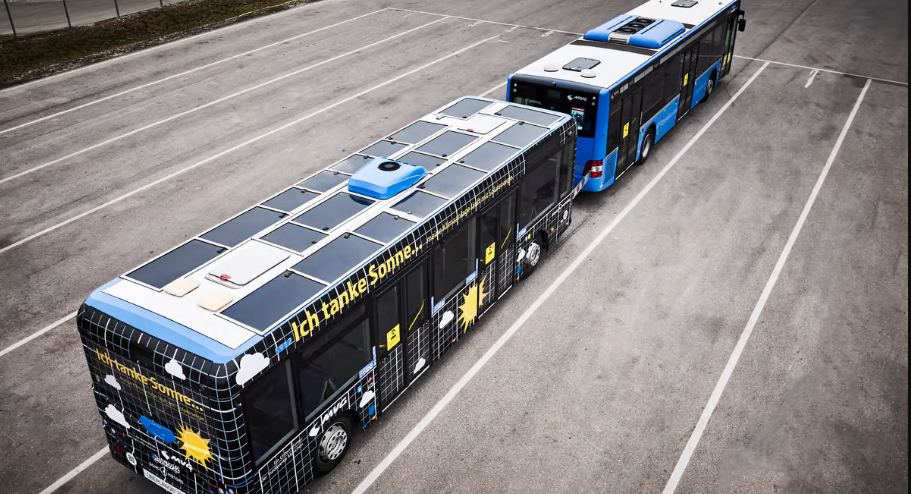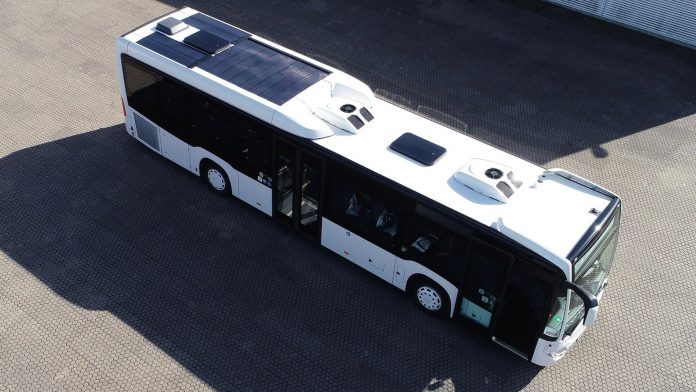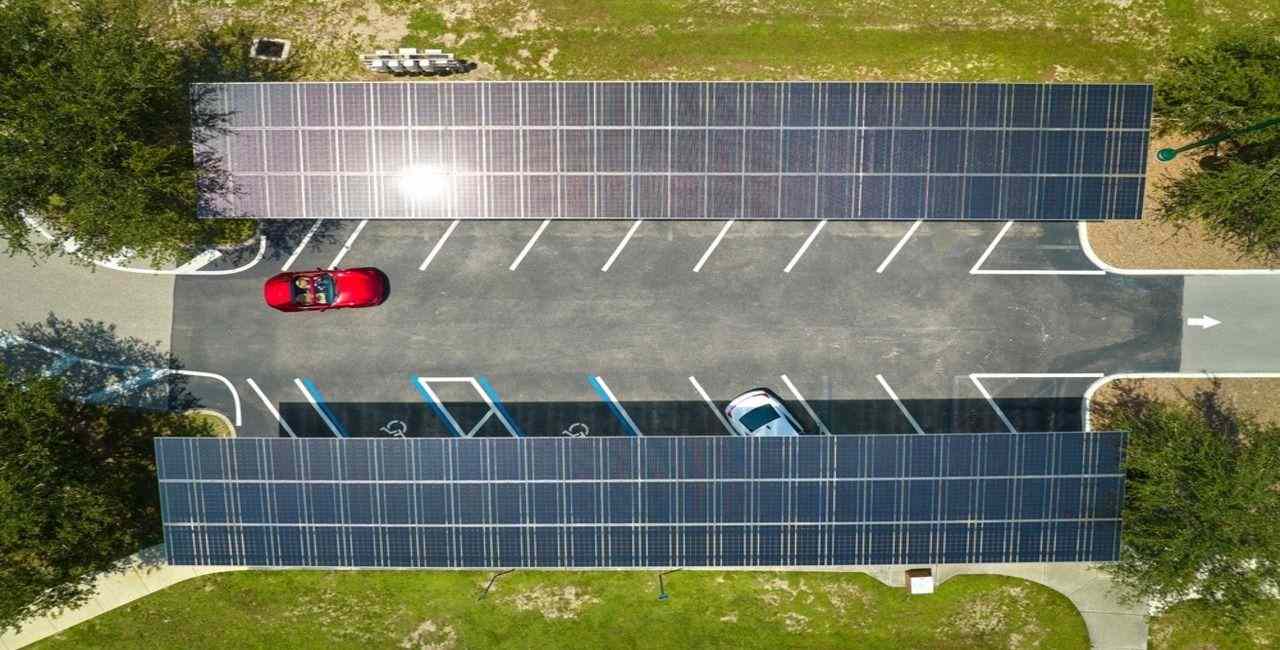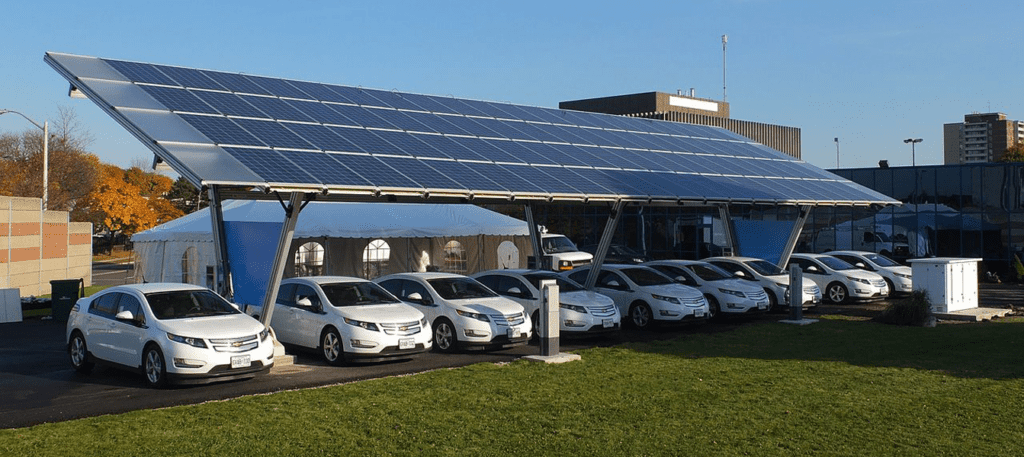
Introduction
Solar energy in the transportation sector is a growing field with immense potential. As the world transitions towards more sustainable energy sources, solar power has emerged as a viable solution to reduce carbon emissions and dependence on fossil fuels. This article will explore the applications, advancements, and challenges of solar energy in transportation, highlighting its relevance and importance in the quest for a greener future.
Historical Background
The history of solar energy adoption in transportation dates back several decades. During the 1970s oil crisis, researchers began exploring alternative energy sources, including solar power. Significant milestones in the field include the development of solar-powered cars and boats in the 1980s and the introduction of solar-powered buses and trains in the 1990s. These early experiments laid the foundation for the advancements we see today.
Key Concepts and Definitions
Solar energy refers to the conversion of sunlight into usable energy through photovoltaic cells. In the transportation sector, solar energy can power a range of vehicles, including cars, buses, trains, airplanes, and ships. These vehicles employ solar panels to generate electricity, reducing reliance on traditional fuel sources.

Main Discussion Points
Solar energy applications in electric vehicles
Solar energy can be utilized to power electric cars, providing an environmentally friendly alternative to traditional fuel. By integrating solar panels into the vehicle’s design, sunlight is converted into electricity and stored in onboard batteries. This stored energy can supplement the vehicle’s main power source, extending its range and reducing the need for frequent recharging. However, limitations such as limited surface area for solar panels and variable weather conditions impact the efficiency of solar-powered electric vehicles.
Solar energy in public transportation
Solar energy is increasingly being incorporated into public transportation systems, including buses, trains, and trams. Solar panels installed on the roofs of these vehicles capture sunlight, which is converted into electricity to power various systems such as air conditioning, lighting, and communication systems. By utilizing solar power, public transportation can reduce emissions and improve energy efficiency, leading to a more sustainable transportation network.

Solar energy in aviation and maritime transportation
Exploring the feasibility of using solar power in aviation and maritime transportation is crucial for reducing emissions in these sectors. Researchers are developing solar-powered airplanes and ships that utilize advanced solar panel technology to generate electricity. The challenges of weight limitations, limited surface area, and higher energy demands in aviation and maritime transportation pose obstacles to widespread adoption. However, the potential benefits of reduced emissions and fuel costs make solar energy an attractive option.
Solar energy infrastructure for transportation
The development of solar charging stations and infrastructure is vital to support the growth of solar-powered transportation. Solar charging stations use solar panels to generate electricity that can be used to recharge electric vehicles. Integrating solar energy into existing transportation systems requires careful planning and investment in infrastructure. By leveraging solar power, transportation networks can become more sustainable, reducing carbon emissions and reliance on non-renewable energy sources.
Case Studies or Examples
Real-world examples of solar energy adoption in transportation showcase the successful implementation of solar-powered systems. For instance, the Tindo bus in Adelaide, Australia, is the world’s first solar-powered electric bus, reducing emissions and operating costs while providing a reliable public transportation solution. Another example is the Solar Impulse 2, a solar-powered aircraft that completed a historic flight around the world using only solar energy. These case studies demonstrate the potential of solar energy in transportation and highlight the challenges faced and lessons learned.

Current Trends or Developments
The field of solar energy for transportation is witnessing rapid advancements and technological breakthroughs. Researchers are exploring innovative ways to maximize solar panel efficiency, such as incorporating flexible solar panels and integrating solar cells into vehicle surfaces. Furthermore, advancements in battery technology are enhancing the storage capacity of solar-powered vehicles, making them more practical for everyday use. These developments contribute to the growing popularity and viability of solar energy in transportation.
Challenges or Controversies
Despite its potential, solar energy integration in the transportation sector faces challenges. The limited surface area for solar panels on vehicles restricts the amount of energy that can be generated. Additionally, the high costs associated with solar panel installation and maintenance pose financial barriers. Controversies surrounding solar-powered transportation include differing viewpoints on the scalability of solar energy and its ability to fully replace traditional fuel sources. Addressing these challenges and controversies is crucial for further adoption of solar energy in transportation.
Future Outlook
The future implications of solar energy in transportation are promising. As advancements continue and costs decrease, solar power is expected to play a significant role in the transportation sector. Innovations in solar panel technology, battery storage, and infrastructure development will drive the widespread adoption of solar-powered vehicles and systems. Additionally, market trends indicate a growing demand for sustainable transportation solutions, creating opportunities for solar energy to revolutionize the industry.
Conclusion
Solar energy in transportation holds immense potential to reduce carbon emissions, improve energy efficiency, and create a sustainable future. From solar-powered electric vehicles to public transportation systems, aviation, maritime transportation, and infrastructure development, solar energy is transforming the way we move. By addressing challenges, capitalizing on advancements, and embracing solar power, we can pave the way for a greener transportation sector.




